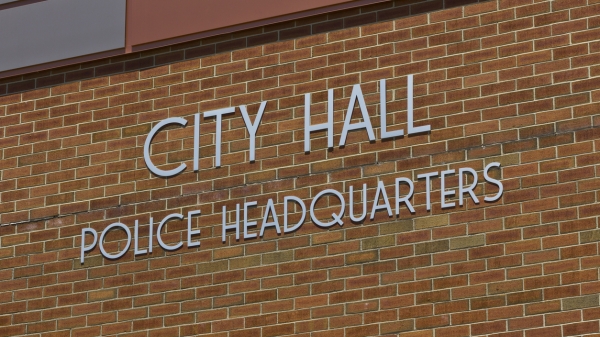ASU researchers organize statistics on Arizona violent deaths into first-ever dashboard

Photo courtesy iStock/Getty Images
Researchers from the ASU Center for Violence Prevention and Community Safety (CVPCS) compiled statistics on homicides, suicides, deaths involving law enforcement intervention and deaths of undetermined intent for the first-ever Arizona Violent Death Reporting System (AZ-VDRS) Dashboard.
Frequent users of such information — from journalists to law enforcement administrators to researchers applying for grants to study violent deaths — will benefit from the easier access the dashboard provides, said CVPCS Director and Professor Charles Katz of the ASU School of Criminology and Criminal Justice. The school is in the Watts College of Public Service and Community Solutions.
Katz said the streamlined AZ-VDRS dashboard is in response to an increasing number of requests to CVPCS for information on trends and factors associated with homicide and suicide in Arizona.
It features data covering 2015 to 2022, the latest years available, Katz said. More recent statistics will be added as they become available.
“As you can imagine, it can take a while for these types of cases to be properly and thoroughly investigated, and we do not collect much of the data until the investigation has been completed,” he said. However, Katz said he hopes to update the site within 30 days of collecting data from Arizona police and medical examiners’ offices to give visitors access to the most recent data available.
Katz and CVPCS research analyst Jordan Batchelor took about three months to create the dashboard from existing data, then spent another month testing and allowing different agencies to review the new tool.
The dashboard presents rates, counts and percentages of violent deaths, demographics and detailed circumstances surrounding those deaths, allowing users to identify areas most in need of services. The dashboard will continue to evolve as the team responds to future requests and suggestions, Katz said.
Katz said he expects the dashboard’s most frequent users will include chiefs of police, medical examiners, nongovernmental organizations, students, educators, prevention specialists, intervention specialists, journalists and policymakers responsible for allocating resources and creating budgets.
AZ-VDRS is part of a 50-state network that includes the District of Columbia and Puerto Rico called the National Violent Death Reporting System (NVDRS).
According to the AZ-VDRS website, NVDRS provides states and communities with a clearer understanding of violent deaths to guide local decisions about efforts to prevent violence and track progress over time. NVDRS is the only state-based reporting system that pools data on violent deaths from multiple sources into a usable, anonymous database. It is administered by the Centers for Disease Control and Prevention.
More Local, national and global affairs

5 ASU students receive Boren Awards for critical foreign language study
The Lorraine W. Frank Office of National Scholarships Advisement (ONSA) has announced that five Arizona State University students have received Boren Awards for immersive study of foreign languages…

New joint faculty member excited about finding interdisciplinary solutions
Like about 98% of college football players, James Wright realized as he wrapped up his career playing wide receiver for the University of Southern California that he wasn’t destined to play…
Bringing vitality to city centers
Universities, cities and the private sector can jointly tackle workforce development and downtown economic development for the benefit of communities and the people who live in them — all while…
